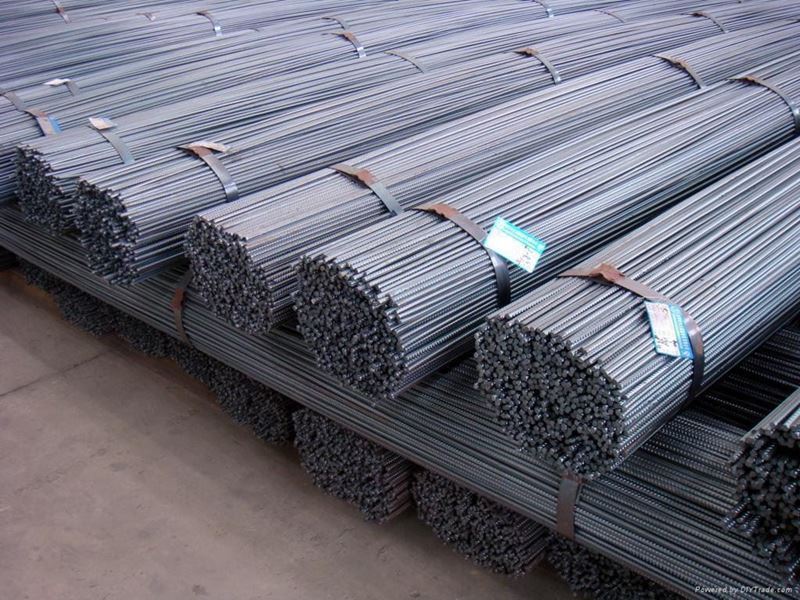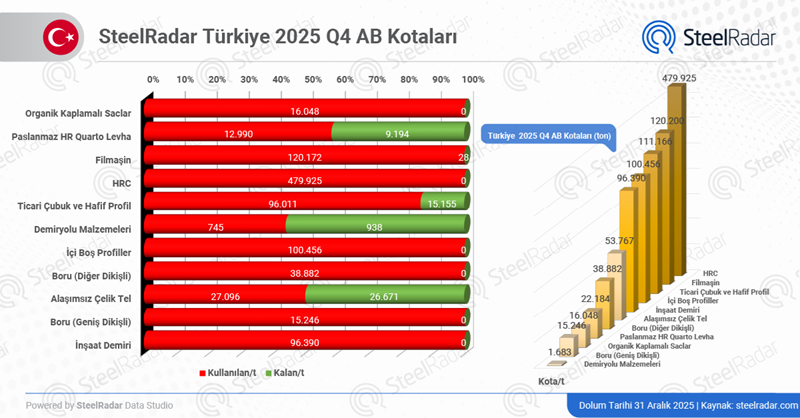The report highlights that the country is positioned as a key player in the future of green steel production thanks to its vast renewable energy potential, expanding hydrogen projects, suitable land for large-scale investments, strategic ports connecting it to international markets, and a supportive regulatory framework.
According to IEEFA, next-generation direct reduced iron (DRI) plants in Oman are being designed with flexible technologies that allow hydrogen use from the very first stage. This approach could set a new global standard for the green iron production chain. Oman also stands out as one of the few economies in the Middle East and North Africa (MENA) region with an integrated value chain, from iron ore concentrate supply to steelmaking with electric arc furnaces (EAF).
Growing production capacity through investments
For many years, Oman’s iron and steel sector was dominated by two major players, Jindal Group and Vale; however, the industry is being reshaped with the recent entrance of international companies such as Meranti Green Steel, Mitsui & Kobe Steel, and Jinnan Steel. Based on ongoing projects, Oman’s annual production capacity is expected to increase by 12.6 million tons of iron ore concentrate, 6 million tons of pellets, and 12.5 million tons of DRI/HBI. These investments strengthen Oman’s ambition to become a regional iron production hub.
Several large-scale low-emission iron production projects are expected to reach final investment decision (FID) by 2026. Integrating green hydrogen into these projects is considered crucial for the country’s 2050 net-zero target.
Renewable energy and hydrogen plans
Oman’s Vision 2040 aims to raise the share of non-oil sectors in the economy to above 90%. In line with this goal, the country is heavily investing in solar and wind energy. Announced solar projects have reached a total capacity of 13.5 GW (1.8 GW operational, 2.1 GW under construction), while wind projects include 50 MW operational, 100 MW under construction, and a total of 13.2 GW announced.
A study by Ember shows that Oman, thanks to its high solar irradiation levels, could be highly competitive in providing 24/7 uninterrupted electricity via battery systems. This is particularly critical for units requiring continuous power, such as EAFs, DRI plants, and hydrogen electrolyzers.
The three major DRI projects under development will require around 130 petajoules (PJ) of gas to support a combined annual production capacity of 12.5 million tons. While Oman has sufficient gas reserves for these projects, production is expected to start with a gas-hydrogen blend. However, IEEFA notes that gas-based DRI is emissions-intensive and does not qualify as green iron. Without transitioning from gas to green hydrogen, the facilities would not be able to benefit from green premiums in international markets.
Strong government support for hydrogen strategy
Oman aims to produce 1–1.5 million tons of green hydrogen by 2030. To achieve this, a clear and comprehensive national strategy has been developed under the leadership of the hydrogen regulator Hydrom. The strategy includes shared infrastructure, balancing supply and demand, providing financial incentives, and streamlining regulations.
IEEFA notes that only a few announced hydrogen projects—such as the Amnah project and the initiative by ACME Group—explicitly focus on allocating hydrogen for steel production. According to the report, Oman could secure a strong global position by prioritizing steelmaking within its developing hydrogen economy.
Competitive advantages in global markets
With the backing of major companies such as Vale and Jindal Group, ambitious renewable energy targets, a solid policy framework, and a strategic geographic location, Oman is seen as having strong potential to become a low-cost supplier of green iron and steel to international markets. Research shows that Oman is cost-competitive in gas-based DRI production and could hold an advantage over many producers—including Australia—when supplying green iron to high-demand regions such as the EU.









Comments
No comment yet.